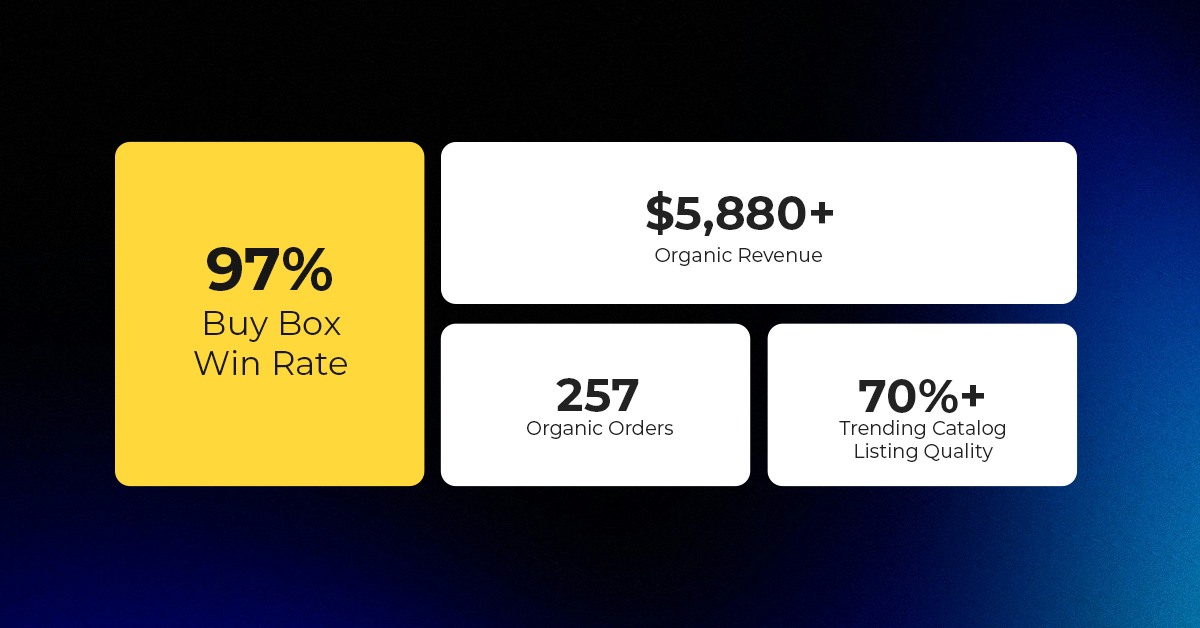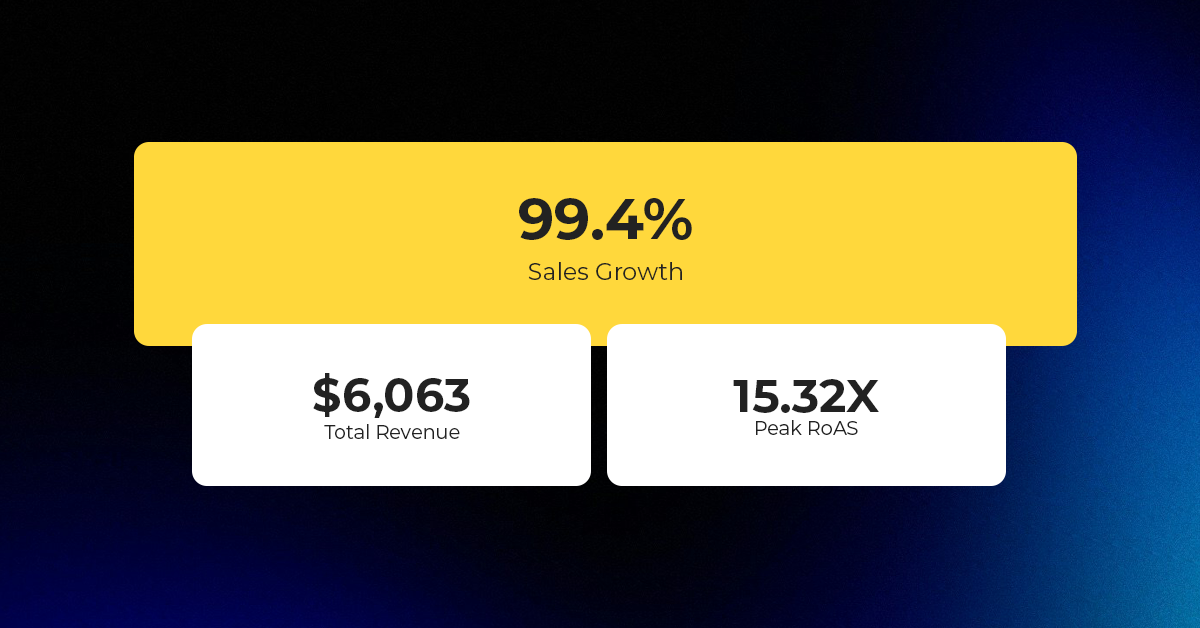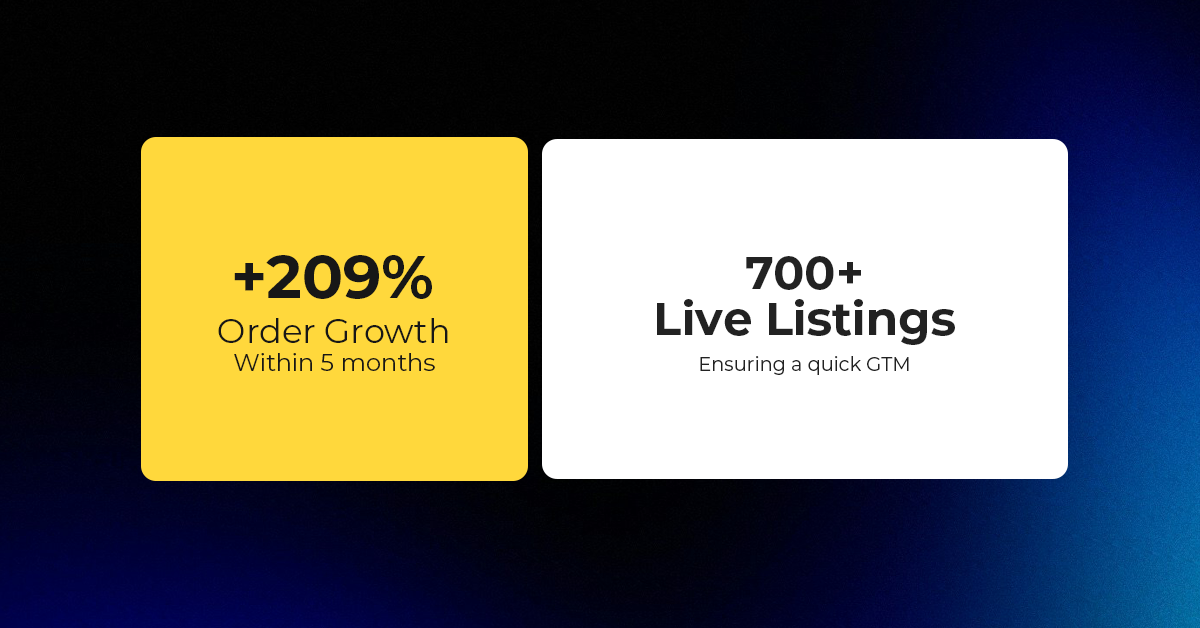Centralized Catalog, Faster Publishing: 40ParkLane’s Marketplace Success with CedCommerce
Reading Time: 4 minutesAbout the Brand: 40ParkLane LLC Studio40ParkLane is a design-led print-on-demand brand created…
According to research by Statista, “E-Commerce has grown up to 300% within the last few years and is expected to make 17.5% of global retail sales by the end of 2021”. No doubt, we are living in the era of digitalization, where being online is essential. The importance of online business is extremely high for the success of a business. There has been a high surge in the number of internet users within the past twenty years. The boundless world of the internet has made it possible for businesses to sell their services across the globe and there are numerous benefits of having an online business.
Image Source: Statista
Data in the above image clearly shows the importance of online business and how the benefits of having a website can help your business by increasing its sales.
As a result, many big companies and small businesses found their way online. What do you think the reason is? The main advantage of having an online business is to increase brand awareness and customer engagement. Scroll down to see how the benefits of having a website can accelerate the sales of your business. In the end, I am sure you won’t be able to deny the importance of online business.
Also read: Things You Must Know Before You Start An Ecommerce Business
Avail flat 20% OFF on Magento Marketplace solutions in our ongoing Holiday Season Sale. Offer is only valid till the end of 2022, so hurry and setup an online business at affordable rates!
As a business, you must grab all opportunities that can profit you. Your online presence as a business can actually help your business reach out and connect with its audience at a global level. Because all those places where your physical store can’t reach, your online website can.
There are times when the customers might want to visit your website first, to have a look at your services, products, and reviews, before visiting your physical store. Now think, what if you don’t have an online presence, I mean no online store? Well, there are high chances that you end up losing your potential customer. I’m sure you won’t want that!
There are countless benefits to having an online business. In this blog, I’ve listed down all those reasons that justify why your business needs to be online. Let’s begin!
Moving your business online does not require any kind of warehouse, inventory, transportation vehicles, or staff. The shift is so smooth that all you have to do is sell the same product that you sell at your offline store to a wide base of customers. Let me tell you how!
With the help of an online business, you can simply have products sent directly to the customers via suppliers. That means, it is not necessary to have your own inventory in order to operate an online business. Not just this, the direct delivery of products from suppliers to clients also reduces the shipping time. As a result, it makes your customers happy and less paperwork makes the operations hassle-free.
If you’re located in Calgary, Calgary movers can be a great resource for moving your inventory to a new location or for storage.
You have two choices: You can either hire a designer and can get your website designed by spending a significant amount of money or you can make use of a free platform like WordPress. You can easily design your website with the help of WordPress themes which are low-cost and easily accessible.
In case you are just about to start your business then going online is the best option for you. Because, in comparison to opening a physical store, an online store requires significantly lesser money. Neither do you need to spend money on utilities and maintenance of your store, (good quality images are a must-have on online websites)
You can also try social media marketing when your business moves online. Social media marketing has been helping a lot of companies in occupying more and more customers as well as expanding their reach.
Also Read: Steps To Take Your Offline Business Online
Without the internet, it is next to impossible for your business to provide its services for 24 hours. With the help of an online website, you can let your customers visit and know about your services at any time from any corner of the world. This can not be possible with an offline business. Your clients and customers can read about your products and place orders as per their convenience.
Imagine how beneficial it can be for your business to provide its services for a longer period of time and even during the holidays! It is just like making money even when you sleep because the internet is there for you. In order to maximize the profit, your business must be available to those buyers as well who prefer online shopping over offline.
Also, here we are talking about moving your business online which does not mean that you are closing your traditional business. So ultimately having an online website for your business will increase your lead and sales in the market.
Let me tell you one fact, the internet was made for business and if you are an opportunist you must leverage the online world. The undeniable advantage of having an online business is that it enables you to answer the queries of your customers and resolve their problems without consuming much of your time. So with the internet, you can simply have better customer support for your potential customers. What you can do is simply create a video including instructions or a guide that can help customers get the answers to their questions. And the best part, you can simply make use of that video for years!
Other than this, you can also set a customer support section on your online website. It will assist your customers at any time.
The online business enables you to provide your customers with the exact information they want. It saves both the time of you and your customers as they can simply go through a video so the number of calls and messages about the product query will simply be reduced by itself. Out of the numerous proven benefits of having a website for your business, the most important one is that helps you get to connect with your audience at any time and anywhere.
Also Read: Why Should You Shift To Ecommerce?
One fact about brick-and-mortar stores that you cannot deny is: they cannot reach a worldwide audience. Traditional stores are limited to a local audience only but that’s not the same in the case of online stores. And here I’m about to introduce other benefits of having a website.
The importance of online business is that it enables you to connect with customers across the globe. This may sound rude to you, but if you are not thinking about the growth of your business then you are actually not doing business. Going online with your business can be considered to be a part of growth for your business.
By creating an online presence your business simply becomes available to the customers even when it is closed. One great benefit of having an online business is having a greater audience pool. This will directly result in an increase in sales and revenue.
So in a nutshell, your online business is having the whole world as its audience. In case you don’t want to sell your products to a global audience due to increased shipping costs or any other reason, you can still continue to deliver your services across your country.
Having an online business enables you to operate and handle it from any corner of the world. This great benefit of having an online business lets you have the freedom to operate your business from anywhere by not just being stuck to a physical location.
You can easily conduct your online business from anywhere all you need is a solid internet connection. Also with reduced paper, works, and virtual databases, managing a business has never been easier than this. With the help of detailed sales and product information online, you will be simply able to keep a record of all the activities and purchase orders. You can simply make use of various online service providers to manage purchasing, billing, order fulfillment, and payments for your online business. Among the different benefits of having an online business, the feasibility to operate your business from anyone is the favorite of online business owners.
Also Check: Why it is the right time to take your business online?
From successfully building your business online from scratch and taking it to the next level, team Cedcommerce does it all. We provide a wide variety of solutions and services which ensure the smooth operation of your entire selling campaign. Our expert service includes – eCommerce website development, PWA solution, store speed optimization, migration from one platform to another, custom extension development, consultation service, digital marketing, and SEO, building personalized solutions based on seller’s need, theme customization, and much more.
More than 11,000 sellers from all around the world trust CEDCOMMERCE solutions and services. So what’s stopping you? Get in touch with us to know more.
There might be several benefits of having an online business but one thing is for sure you have to make the same efforts that you do in your offline business. By efforts, I’m referring to the marketing and advertising of your online business.
In the current scenario, the importance of online business cannot be ignored. Turning a blind eye to the benefits of having an online business, is just like saying no to the growth of your business. So, don’t waste time any further and leverage what the internet has to offer your business!
The pandemic has brought about a transformation in the shopping preferences of consumers. Furthermore, customer demand around the holiday season is also at an all-time high. You can now transform online selling with Marketplace solutions and Magento extensions to get into the festive spirit.
To receive personalised guidance for your business idea, talk to our experts.

Reading Time: 4 minutesAbout the Brand: 40ParkLane LLC Studio40ParkLane is a design-led print-on-demand brand created…

Reading Time: 3 minutesAbout the Company Brand Name: David Protein Industry: Health & Nutrition (Protein…

Reading Time: 3 minutesOnline retail spending in Germany is entering a renewed growth phase after…

Reading Time: 4 minutesTikTok Shop has released a comprehensive Beauty and Personal Care Products Policy,…

Reading Time: 4 minutesTikTok Shop has formally outlined comprehensive requirements for expiration date labeling and…

Reading Time: 3 minutesTikTok Shop is raising its sales commission for merchants across five active…

Reading Time: 11 minutesBy now you have seen your BFCM 2025 numbers. The harder question…

Reading Time: 3 minutesAbout the Brand Name: Vanity Slabs Inc Industry: Trading Slabs- Vanity Slabs…

Reading Time: 2 minutesAbout the Brand Name: Ramjet.com Industry: Automotive Parts & Accessories Location: United…

Reading Time: 2 minutesAmazon is rolling out strategic referral fee reductions across five major European…

Reading Time: 4 minutesQuick Summary: Scaling Lifestyle Powersports on eBay with CedCommerce Challenge: Zero marketplace…

Reading Time: 4 minutesTikTok has surpassed 460 million users across Southeast Asia, reinforcing its position…

Reading Time: 3 minuteseBay has released its final seller news update for 2025, with a…

Reading Time: 3 minutesAmazon has clarified its stance regarding speculation around a potential breakup between…

Reading Time: 4 minutesWalmart is accelerating its push into next-generation fulfillment by expanding its drone…

Reading Time: 4 minutesFaire, the fast-growing wholesale marketplace connecting independent retailers with emerging brands, has…

Reading Time: 4 minutesB2B buying in the United States is undergoing a fundamental behavioral shift…

Reading Time: 3 minutesSummary Cyber Monday 2025 has officially become the largest online shopping day…

Reading Time: 2 minutesSummary Amazon kicked off December with two major developments shaping the future…

Reading Time: 2 minutesSummary Walmart has entered December with two major moves that signal a…